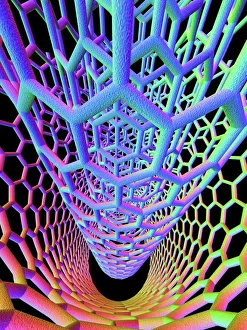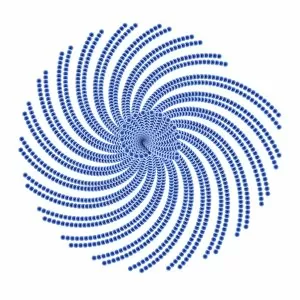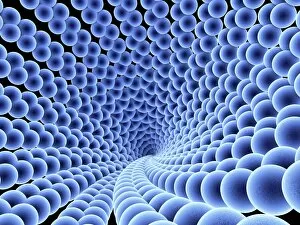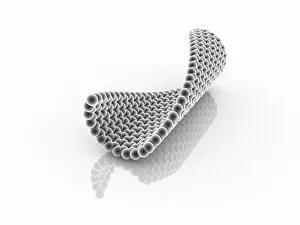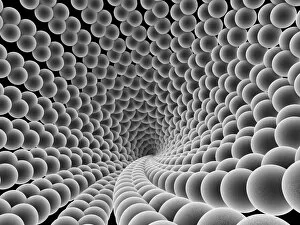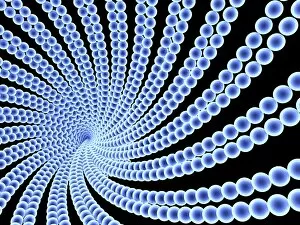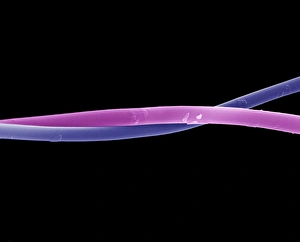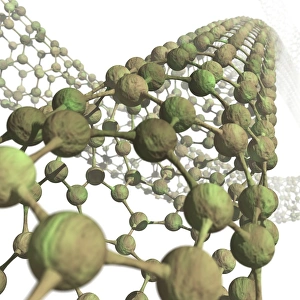Nanotubes Collection
Nanotube technology has revolutionized the world of science and engineering, paving the way for groundbreaking advancements
All Professionally Made to Order for Quick Shipping
Nanotube technology has revolutionized the world of science and engineering, paving the way for groundbreaking advancements. With its incredible strength and unique properties, they have become a focal point in various fields. One remarkable application is seen in the creation of nanospheres, as depicted in artwork F006 / 7075 and F006 / 7094. These tiny spheres exhibit exceptional stability and can be utilized in diverse industries such as medicine, electronics, and materials science. Another awe-inspiring use is showcased through graphene sheets shown in artwork F006 / 7085 and F006 / 7076. Graphene's ultra-thin structure combined with its extraordinary conductivity makes it an ideal material for next-generation electronics, energy storage devices, and even flexible displays. Artwork F006 / 7082 and F006 / 7079 highlight yet another exciting development – molecular bearings. These microscopic components enable smooth rotation between two parts while minimizing friction. The precision achieved by these molecular bearings opens up possibilities for advanced machinery design across numerous sectors. Moreover, the importance of molecular bearing sleeves cannot be overlooked; they provide crucial support to ensure optimal performance within complex systems. By reducing wear and tear on moving parts, these sleeves enhance durability while maintaining efficiency.

